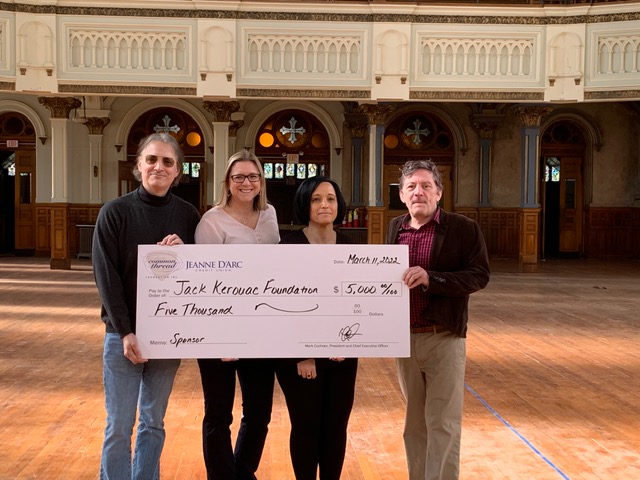The title is from a Commentary by William Reinsch written four days after Russia’s invasion of Ukraine.
He is the Scholl Chair in International Business at the Center for Strategic and International Studies. His professional specialty within government and outside is international commerce and trade policy.
His article projected the end of the rules-based system of international trade that had been developed post WW II.
He foresees the war causing economic chaos, a return of power politics, and resurgence of authoritarianism. The world will not be the same; unintended consequences will proliferate.
Turning Points in History
In individual, organizational and country’s histories there are moments that are eventually understood as turning points. Sometimes these are sudden and instantly consequential. Like Ukraine.
Other changes occur slowly, but inexorably, in a new direction with the outcome unseen for years. For example the evolving demographic composition of the American population; or even the inevitable forces leading to the deregulation of financial services in the 1970’s and 80’s.
I believe the century long credit union movement is in one of these transformational periods. This involves significant changes in the regulator’s role, credit union business priorities, accepted performance norms and the ambitions of leaders.
These cooperative developments are occurring as economic trends are moving away from the two decade experience post 9/11. Inflation is nearing 8%, unemployment is at historic lows, worker shortages are occurring in many sectors, and interest rates are projected to rise to potentially the highest level this century.
The juncture of these economic and industry changes could significantly alter the institutional makeup of the cooperative system. They could result in the loss of credit union’s independent identify and purpose.
The Breakdown in the Regulatory-Industry Relationship
The seeds were sown in the disruption of the Great Recession in 2008-2010. The scope of the potential corporate problem created a rupture between NCUA and the industry.
NCUA leaders whether through fear, inexperience or bureaucratic instinct distanced itself from credit unions. The agency took the sole role of developing one all encompassing solution for five distinct corporate balance sheets. The results were disastrous for credit unions, the corporate system and the credit unions that relied on them. Additionally, 30-year industry partnership for the CLF was ended.
The most critical long term loss however was not financial, but the agency’s ability or willingness to work collaboratively with the industry—on all issues and in all circumstances.
Instead of viewing their role as empowering a system of cooperatives, NCUA positioned itself as rulers over the credit union system.
At the March 2022 Board meeting this view was expressed by Chairman Harper in comments on the agency’s Annual Performance Plan: With the geopolitical crisis unfolding in Ukraine, the NCUA will also continue to prioritize cybersecurity and guide the credit union system through the economic uncertainty caused by inflation, rising gas bills, and continued supply chain woes.
This paternalistic or in loco parentis approach to regulation and supervision emerged from the agency’s ability to impose solutions and rules unilaterally following the corporate crisis.
The agency publicly proclaimed its independence under Chairman Matz from both credit union involvement and external oversight. No one at the board or staff has been able to replace the critical experience and knowledge credit unions brought to all issues.
Credit union experience is absent in the regulatory bureaucracy. Credit unions manage over $2.0 trillion for over 100 million members but they have little to no voice in policy priorities. Stakeholders, both members and the professional leaders, are viewed simply as recipients of perceived regulatory wisdom.
Increasingly credit unions are developing new financial schemes with the regulator seemingly oblivious to their impact on these credit unions or the member owners. The wheeling and dealing in mergers, bank purchases and raising external capital is accelerating.
The makeover of a number of credit unions from member-centered to financial strategists, gamesman, hustlers and horse-traders is well underway.
This failure to interact removes NCUA’s most important resource – the industry’s professional leadership experience. Mistakes will continue to be made and paid for by credit unions due to the missing counsel of those who make the system work on a daily basis.
Overcoming the Schism
Credit unions created NCUA and designed and passed in Congress all of its constituent capabilities specifically the NCUSIF and CLF.
Board members seem divided between two binary positions: let the free market determine outcomes or, NCUA must pass rules to micromanage every credit decision and balance sheet IRR risk.
Effective NCUA regulatory policy is not democratic or republican, or even bipartisan; it is pragmatic supported by facts, logic and cooperative purpose.
Rules and manuals in the thousands of pages cannot replace business judgments and may in fact result in reducing sound operational choices.
Mutual respect is missing. Credit unions are intimidated or consider fruitless any effort to critique ineffective agency actions. NCUA’s most frequent justification for more rules is comparison with other financial regulators.
Mutual dialogue creates respect and enhances understanding of shared responsibility. Future posts will describe changes in priorities, norms and professional ambitions shaping industry character. All are examples of events occurring without the benefit of public dialogue.






